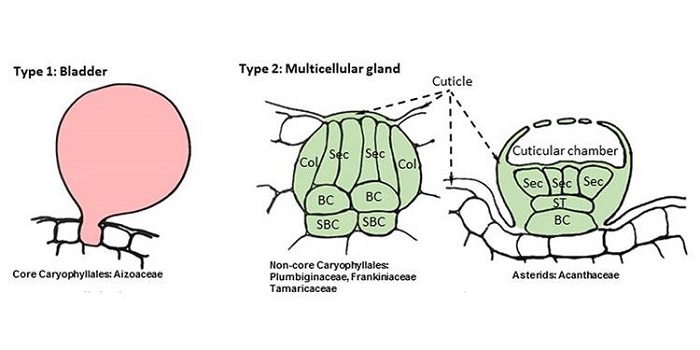
Review: Making plants break a sweat: the structure, function, and evolution of plant salt glands
Plant Science Research Weekly, Research0 Comments
/
Many agricultural lands are becoming saltier as a consequence of irrigation and sea water incursion, yet most crops are very sensitive to salt. Salt glands that accumulate and secrete salt have evolved independently at least 12 times in plants. Dassanayake and Larkin review the structure, function and…
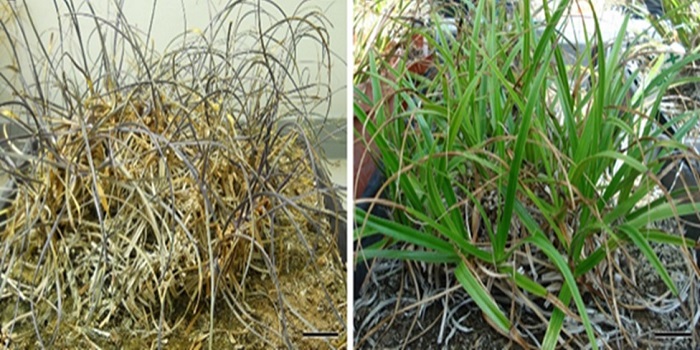
Just add water: Could resurrection plants help feed the world?
GPC Blog, ResearchThis week we spoke to Professor Henk Hilhorst (Wageningen University and Research) about his research on desiccation tolerance in seeds and plants.
Could you begin by telling us a little about your research?
I am a plant physiologist specializing in seed biology. I have a long research…

Update: Stomatal function across temporal and spatial scales: deep-time trends, land-atmosphere coupling and global models
Blog, Plant Physiology, Plant Physiology: Updates, Research, Research BlogBy Peter J Franks, Joseph A Berry, Danica L. Lombardozzi, and Gordon B Bonan
The colonization of land by plants and their interaction with biogeochemical and atmospheric processes transformed continental climate and hydrology. Stomata, which evolved to optimize the biological economics of plant carbon…
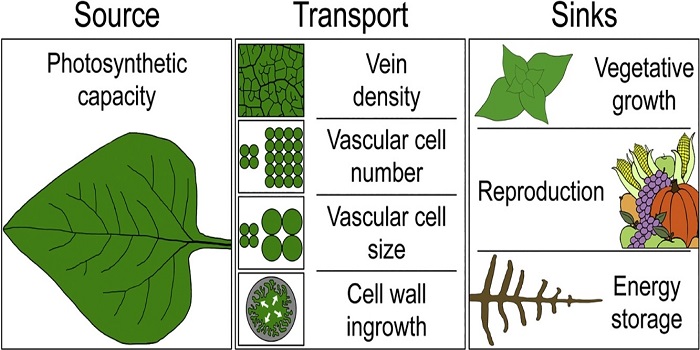
Review: Environmental regulation of intrinsic photosynthetic capacity: an integrated view ($)
Plant Science Research Weekly, ResearchPhotosynthetic capacity varies hugely within an individual over time, between individuals in different environments, and between species. Demming-Adams et al. review the processes that affect intrinsic photosynthetic capacity. Plants modulate their intrinsic photosynthetic capacity according to input…

Update: Diurnal variation in gas exchange: the balance between carbon fixation and water loss
Plant Physiology, Plant Physiology: UpdatesStomatal control of transpiration is critical for maintaining important processes, such as plant water status, leaf temperature, as well as permitting sufficient CO2 diffusion into the leaf to maintain photosynthetic rates (A). Stomatal conductance (gs) often closely correlates with A and is thought…
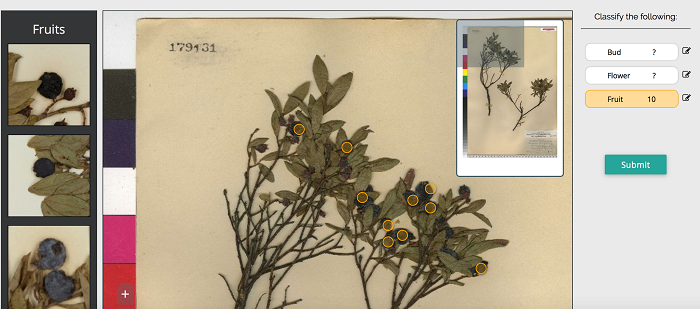
CrowdCurio: an online crowdsourcing platform for climate change studies using herbarium specimens ($)
Education, Plant Science Research Weekly, ResearchCrowdsourcing leverages the inputs, ideas and talents of many people in parallel to achieve a goal. Crowdsourcing or “citizen science” can also be an effective approach for science outreach that engages the public by enabling them to collect and analyze data. Willis et al. have developed and assessed…
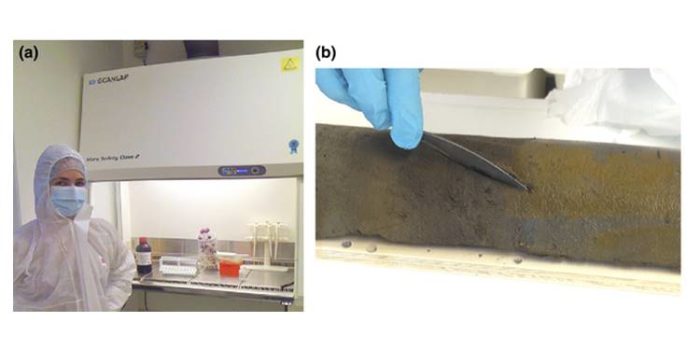
Review: Ancient plant DNA in lake sediments
Plant Science Research Weekly, ResearchFossils have been extremely useful in efforts to reconstruct the past, but recently the analysis of ancient DNA (aDNA) has taken off. Parducci et al. describe the value of lake sediments as sources of ancient DNA from which to gain insights into the plant populations of ancient times. Lakes are found…

Freeze-Thaw-Induced Embolism and Ultrasonic Emissions in Angiosperms
Plant Physiology: On The Inside, ResearchAll organisms including plants share the tetrapyrrole biosynthesis pathway that is critical for the production of compounds such as heme and chlorophyll. During tetrapyrrole biosynthesis, coproporphyrinogen III oxidase (CPO) catalyzes the conversion of coproporphyrinogen III into protoporphyrinogen IX.…
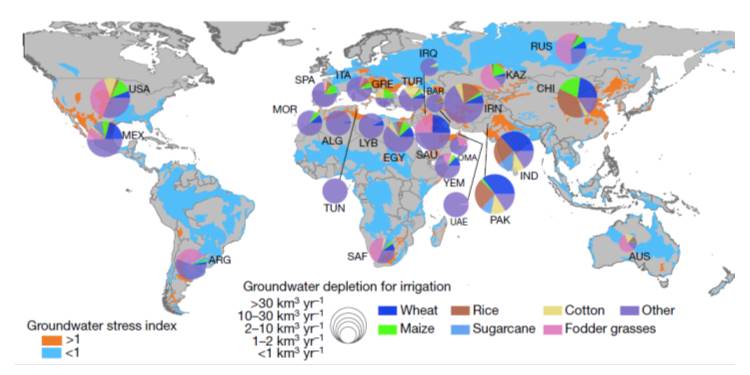
Groundwater depletion embedded in international food trade ($)
Plant Science Research Weekly, ResearchMany food-producing regions rely on the withdrawal of water from non-renewable underground sources, a condition called groundwater depletion for irrigation (GWD). Globally, GWD increased by 22% between 2000 and 2010. When food produced with GWD is exported, the exporting country is essentially exporting…

